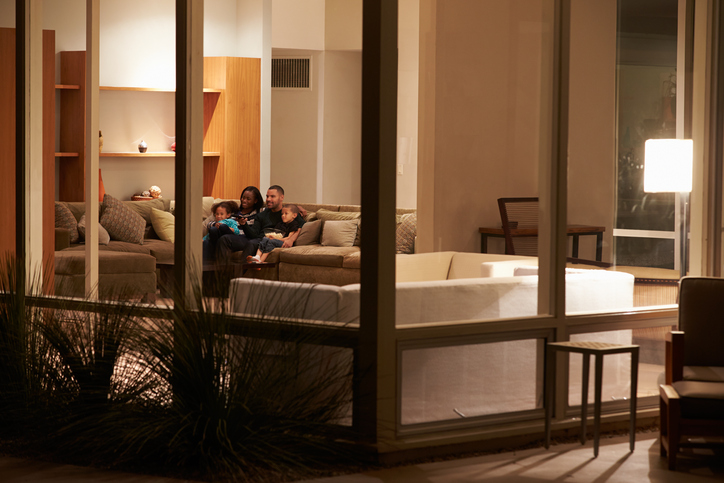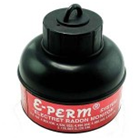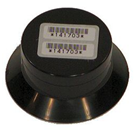If you’ve never heard of radon before, you’re not alone.
Yet it’s the second leading cause of lung cancer, and homes with elevated levels of radon gas are more prevalent in our region compared with many other parts of Ontario.
The trick is radon is a colourless, odourless gas. You can’t see it, smell it or taste it, so you don’t know how much radon is around.

Radon is a naturally occurring radioactive gas that is released from the soil. It seeps into buildings through cracks in the foundation. Once inside your home, it can accumulate, and the higher the concentration, the greater the risk of developing lung cancer.
In a Canada-wide study, Health Canada found not only that homes across the country have dangerous levels of radon, but also that the percentage of homes with high radon levels is higher than average in the Wellington-Dufferin-Guelph area: locally, 15% of homes tested above the Canadian guideline compared with 7% of homes nationwide.
So, what can you do about it?
You can test your home. Testing is easy to do. In fact, it’s so easy that you can do it yourself with a kit that doesn’t require power, doesn’t have any buttons or screens to program, and is completely safe for anyone to use in their home. You should check the list of radon testing devices approved by C-NRPP before purchasing your kit to ensure it is on the list. Testing devices fit in the palm of your hand and typically look like this:


Instructions generally involve unpacking the device, placing it in your home (the user’s manual will provide tips on picking a location) and waiting at least three months before packing it back up and shipping it to a lab for analysis. The fall and winter are ideal times to test your home because windows and doors are generally closed, preventing drafts from affecting results.
Once you have your test results, you can compare them with the Health Canada guideline, which recommends remediating (taking steps to repair) if indoor radon levels are above 200 Bq/m3. For more advice on testing and remediating your home, you can consult Health Canada’s Radon Reduction Guide for Canadians as well as C-NRPP’s list of certified radon professionals.
The cost of remediation is comparable to other home repairs, such as replacing a furnace or air conditioner, and well worth the peace of mind that comes with knowing you’ve fixed the problem. You can watch one Ottawa family’s story of radon testing and remediation here.
Join us at a radon testing information session
Click here for details on our November 2017 Radon and Lung Cancer Public Information Nights.
We hope to see you there!
“Radon is the leading cause of lung cancer in non-smokers. The only way to know if your house had a radon problem is to test for it. Get your home tested. It could save your life – or someone else’s.” – Mike Holmes
